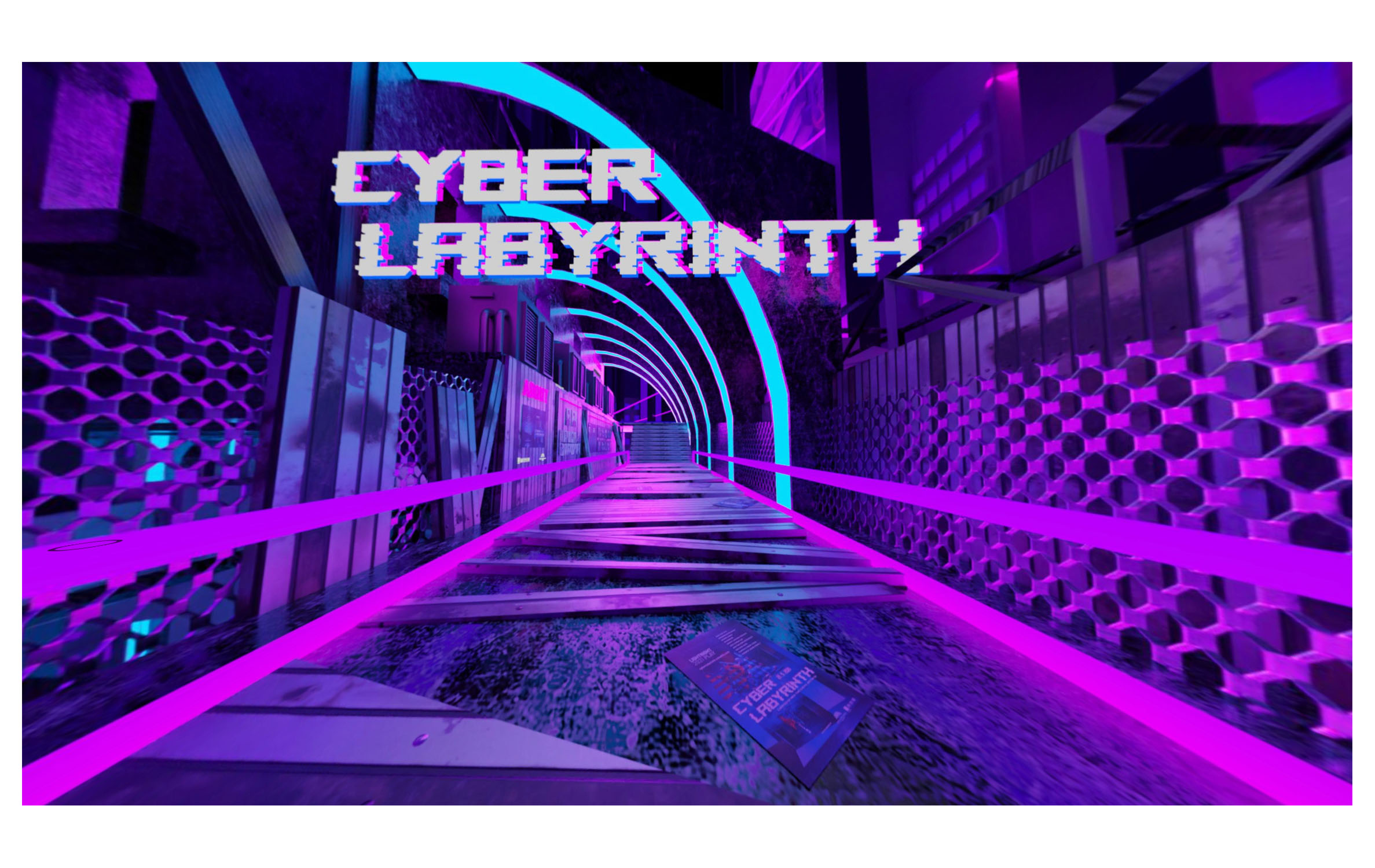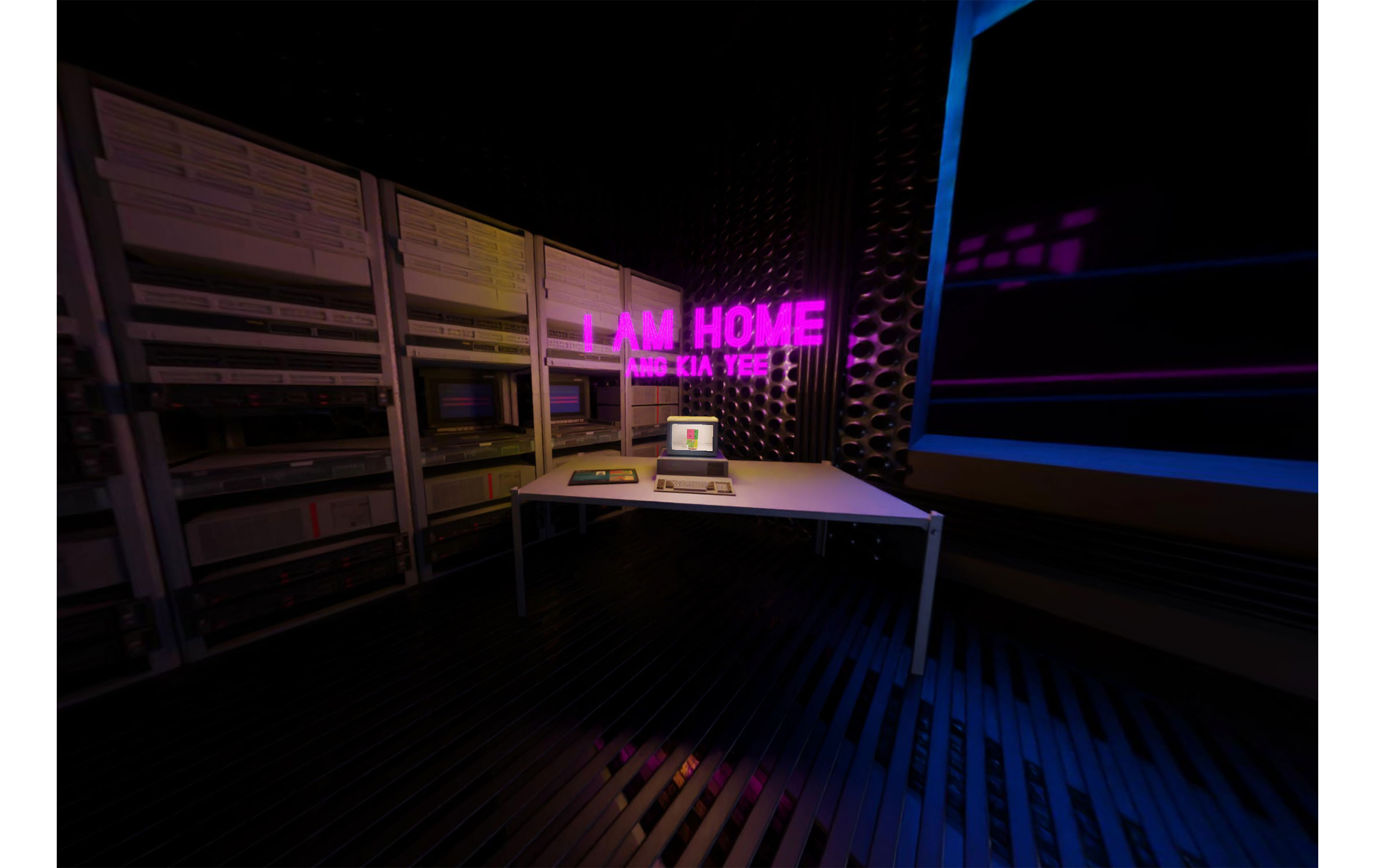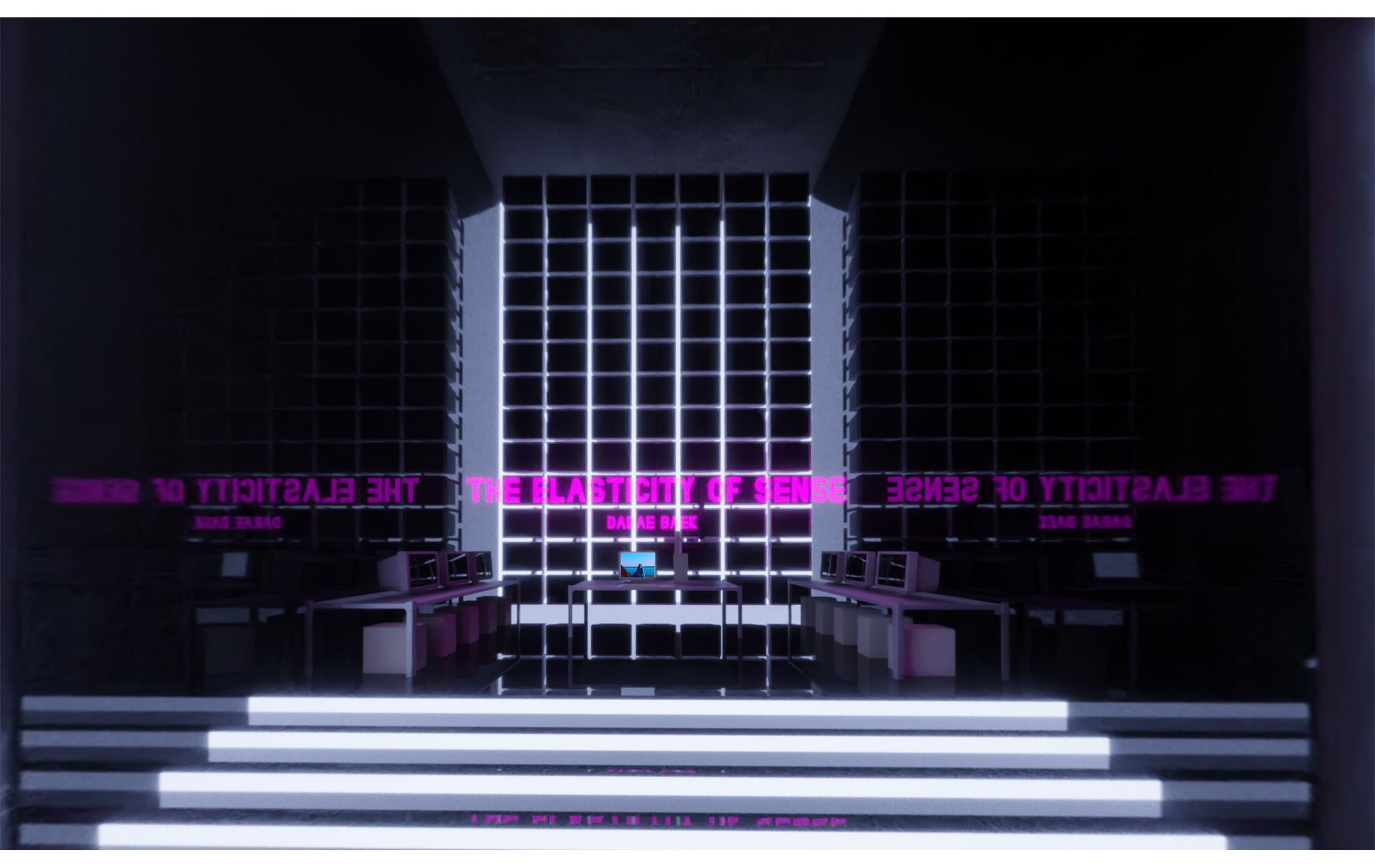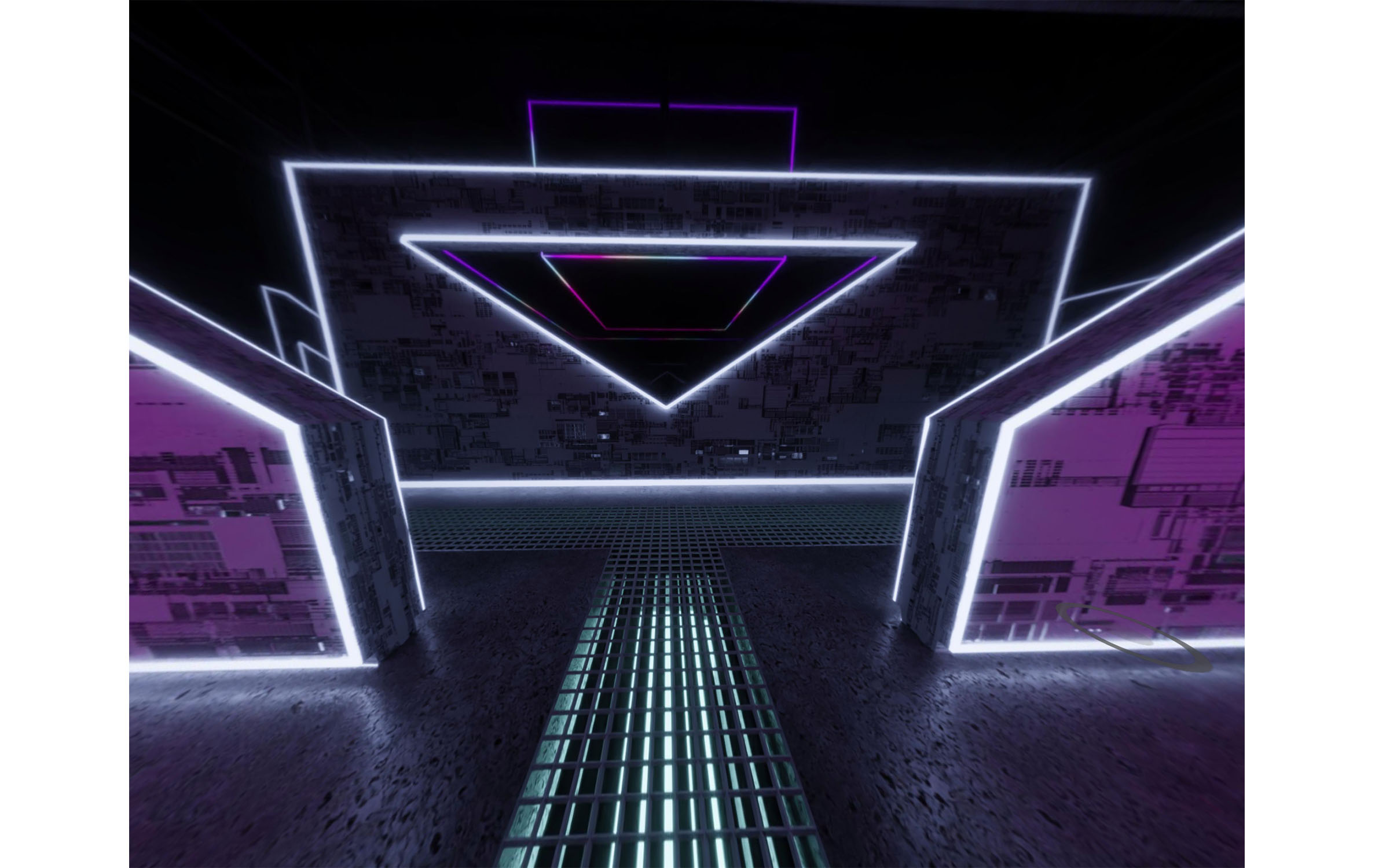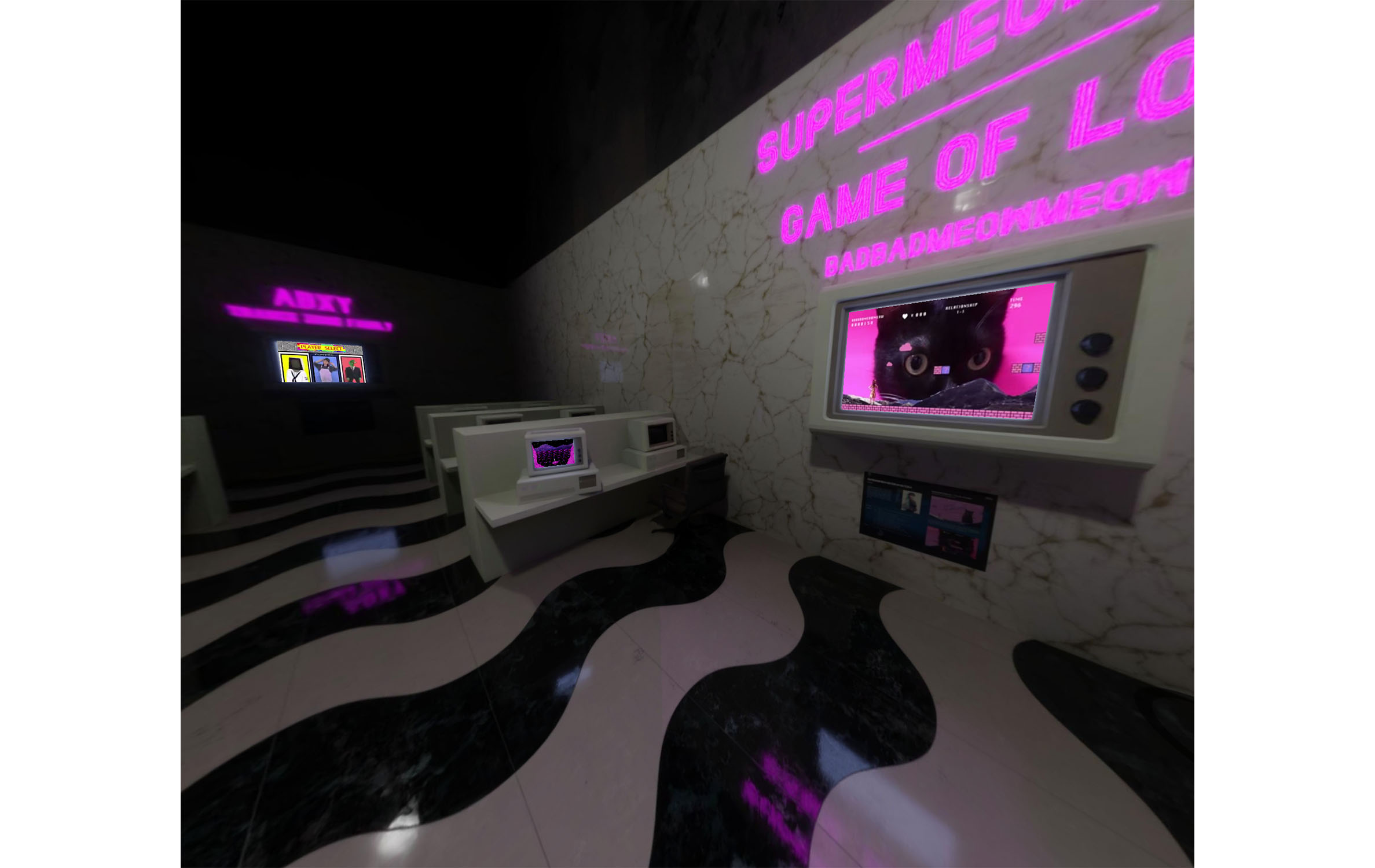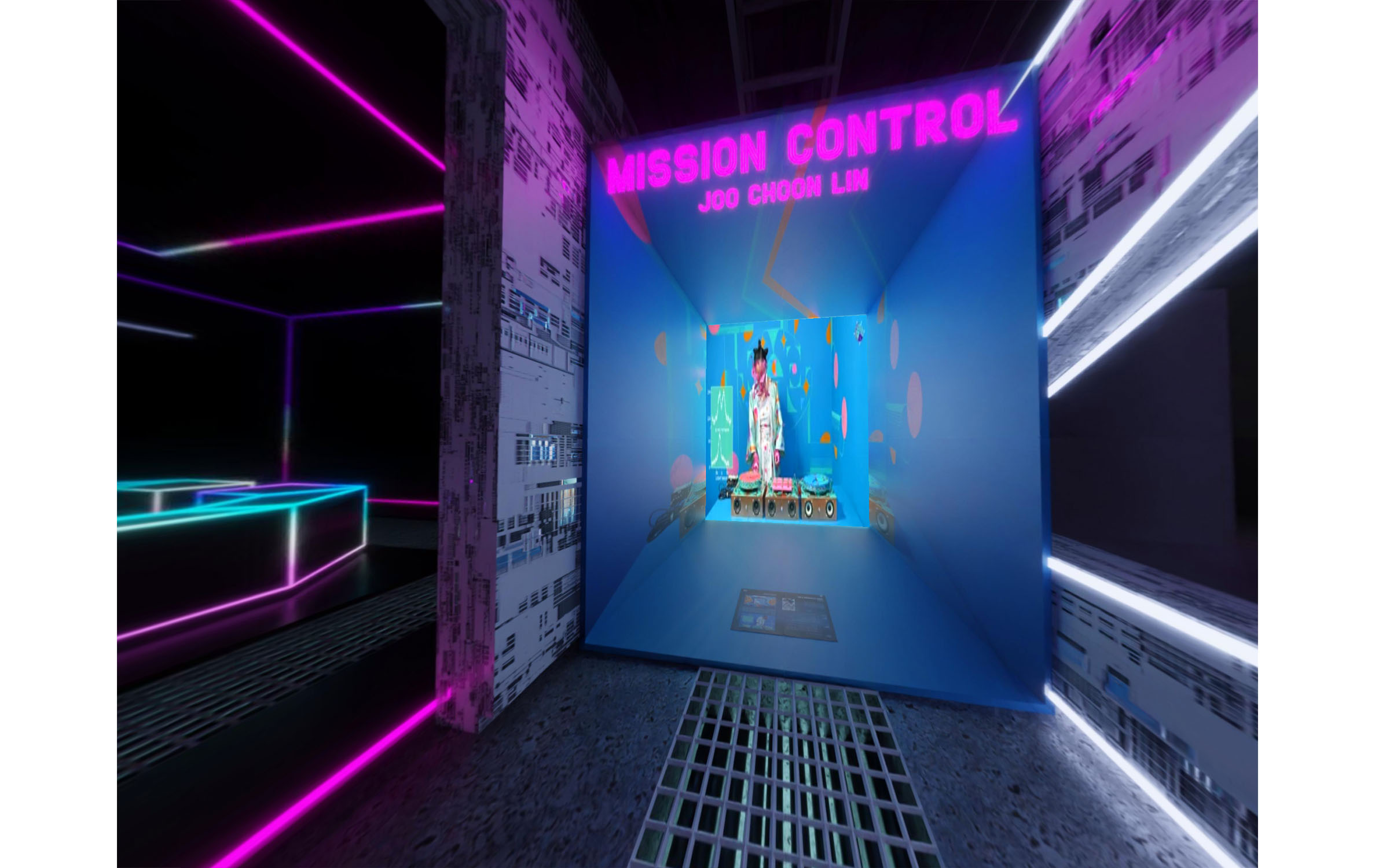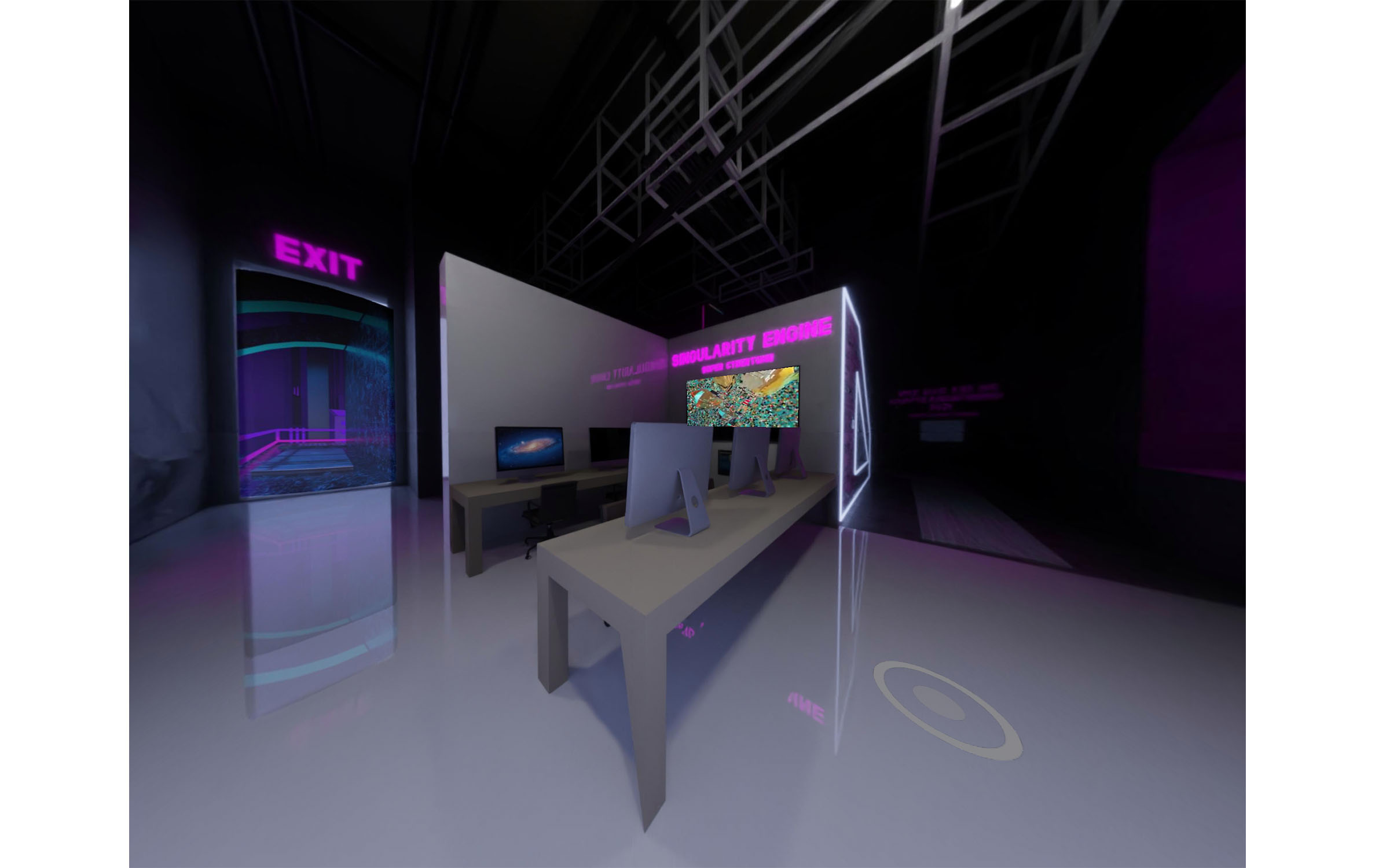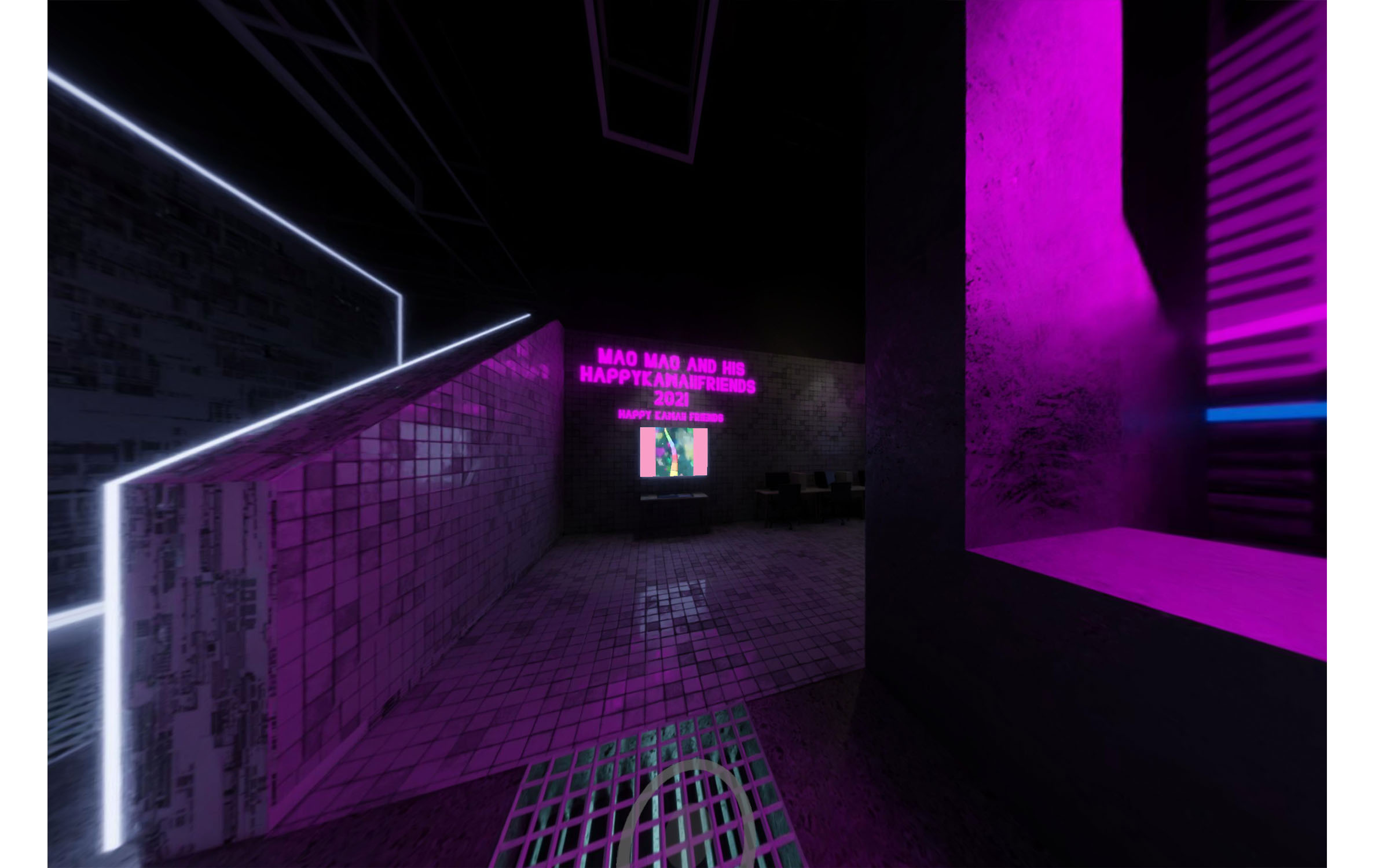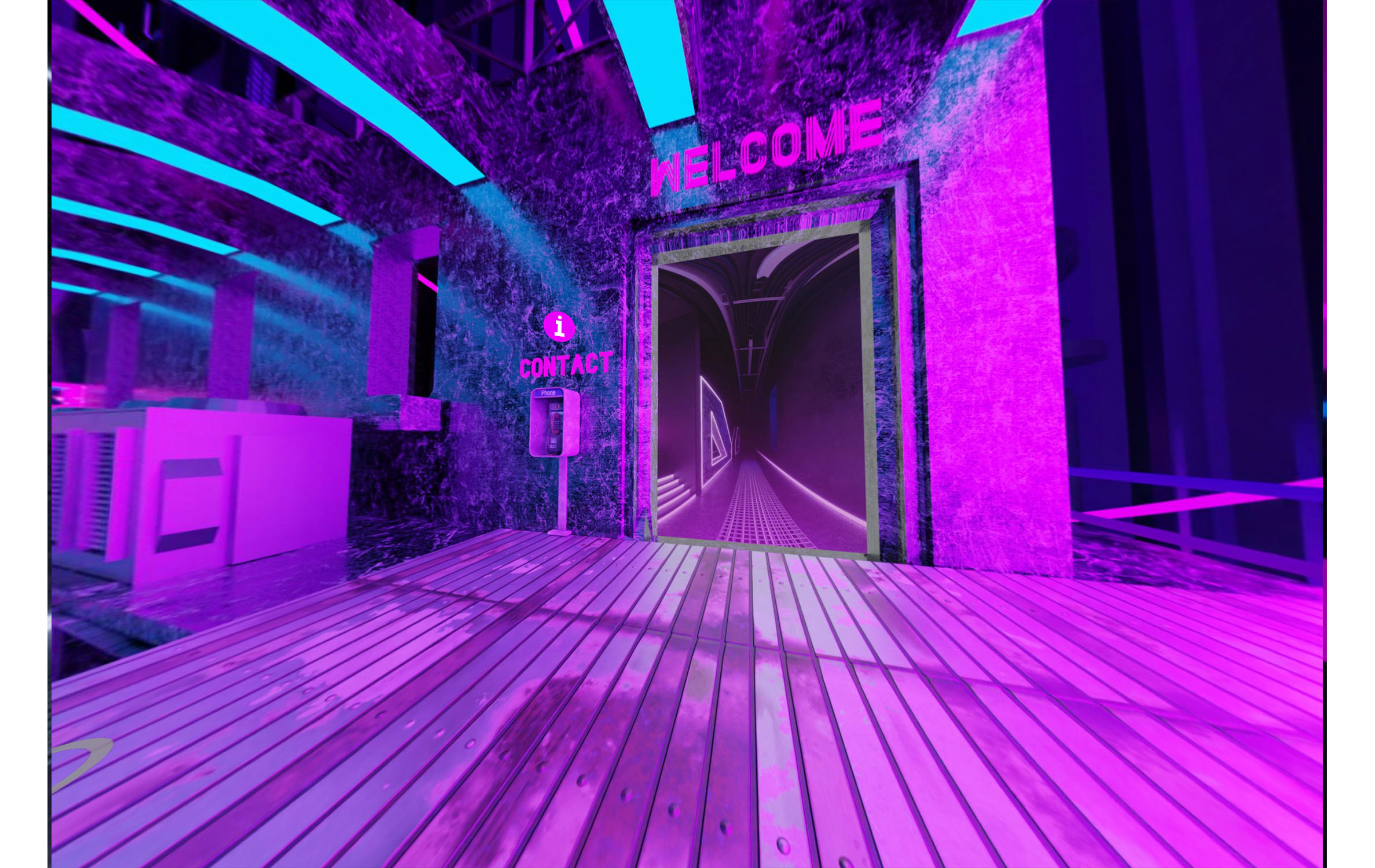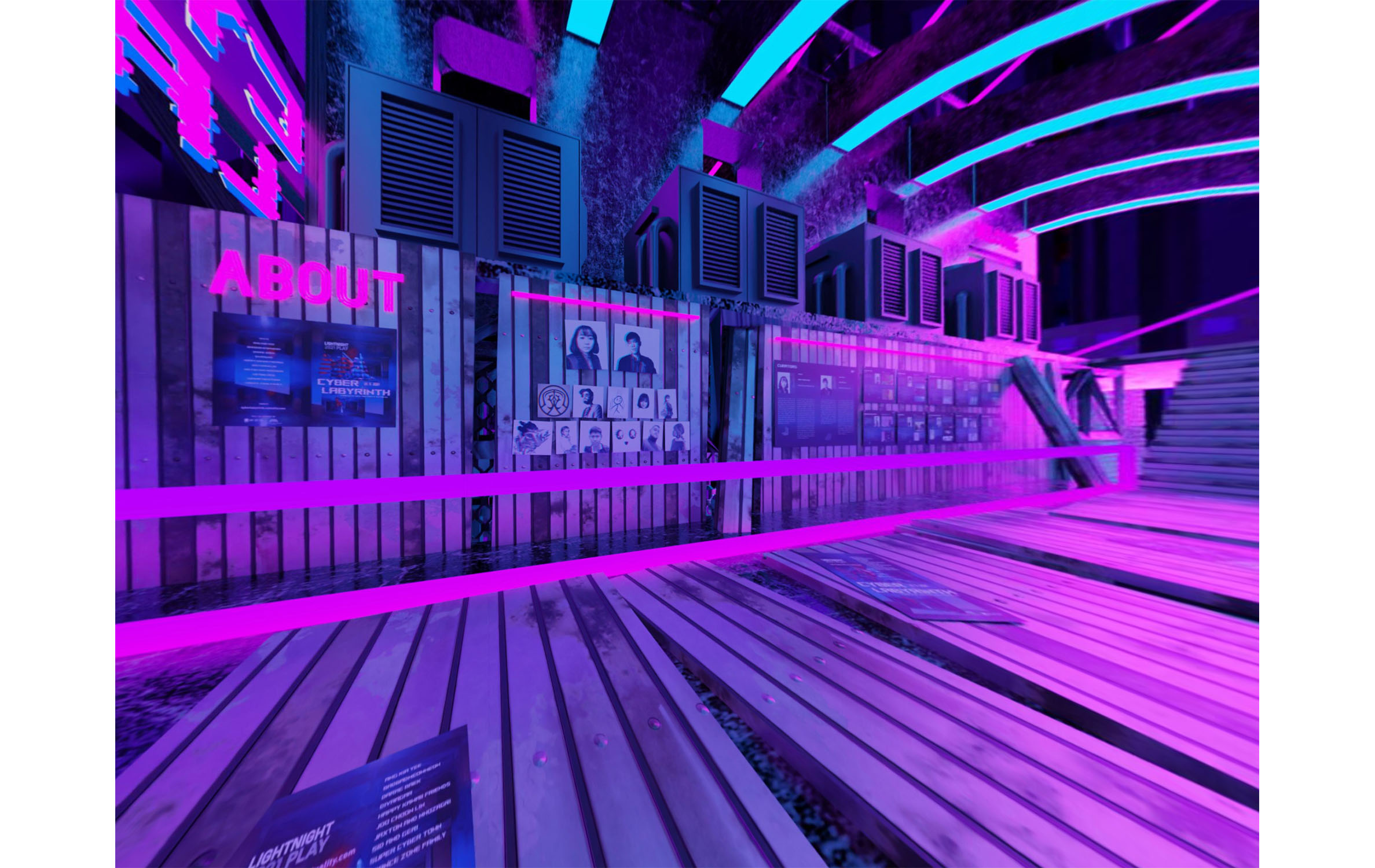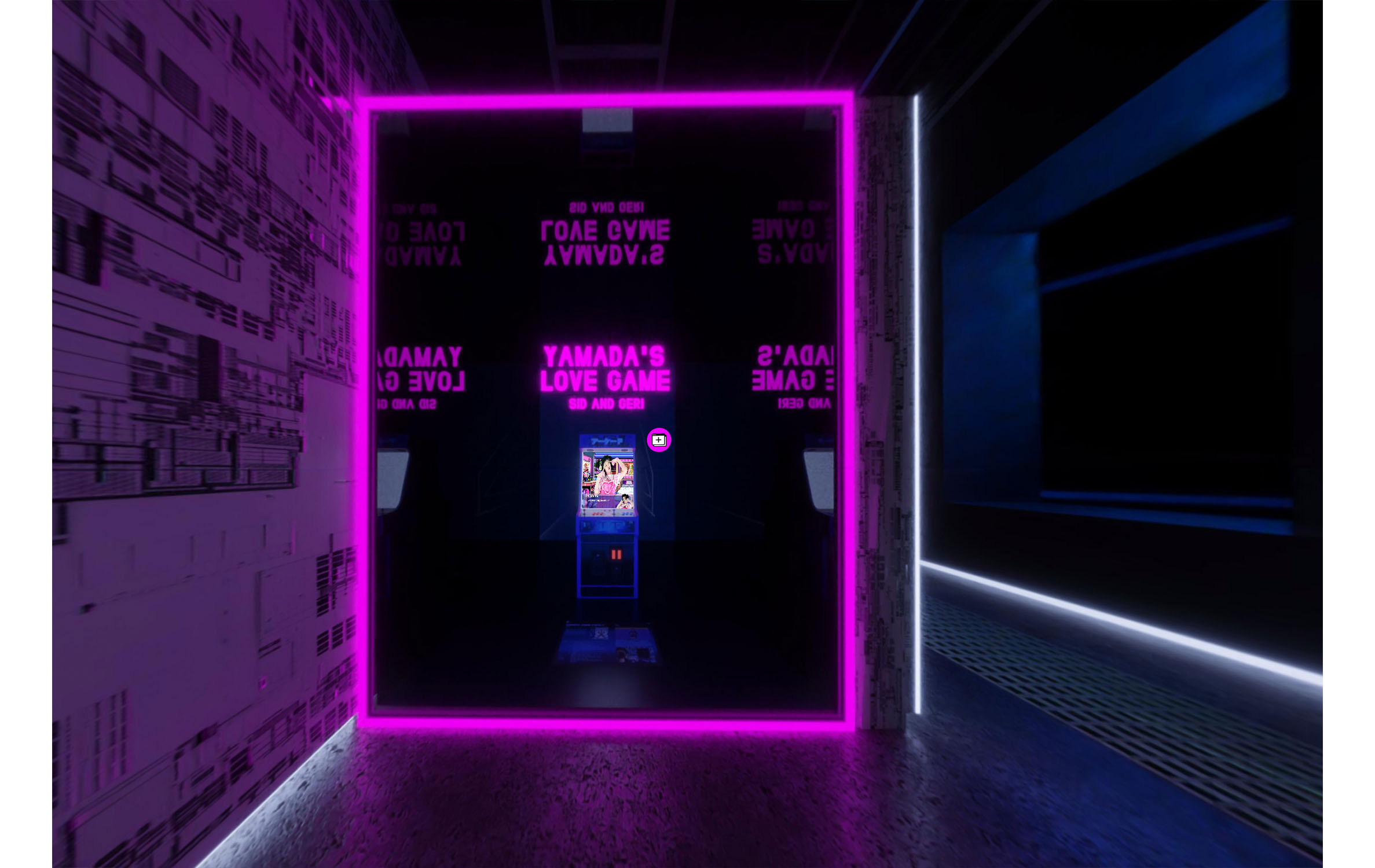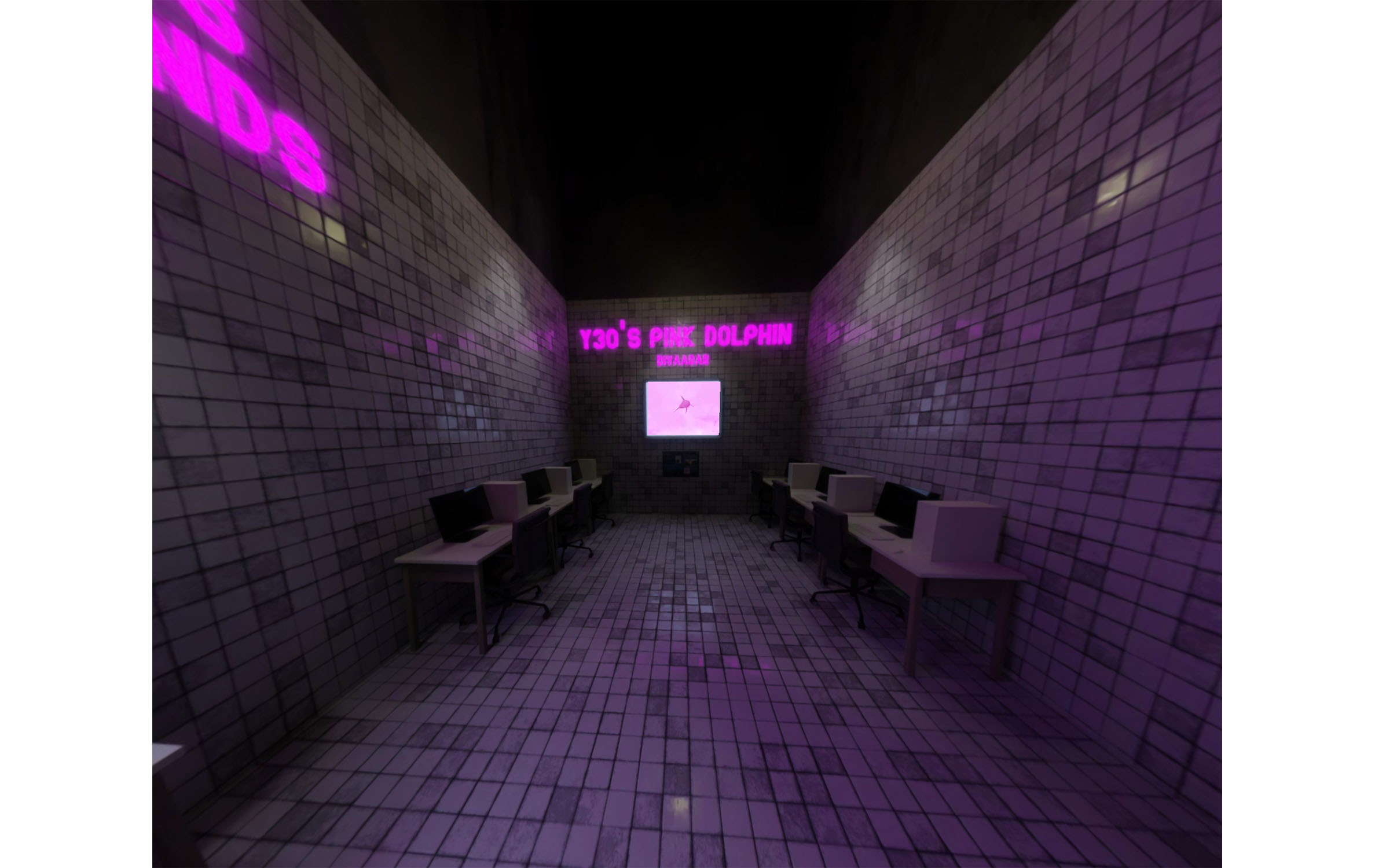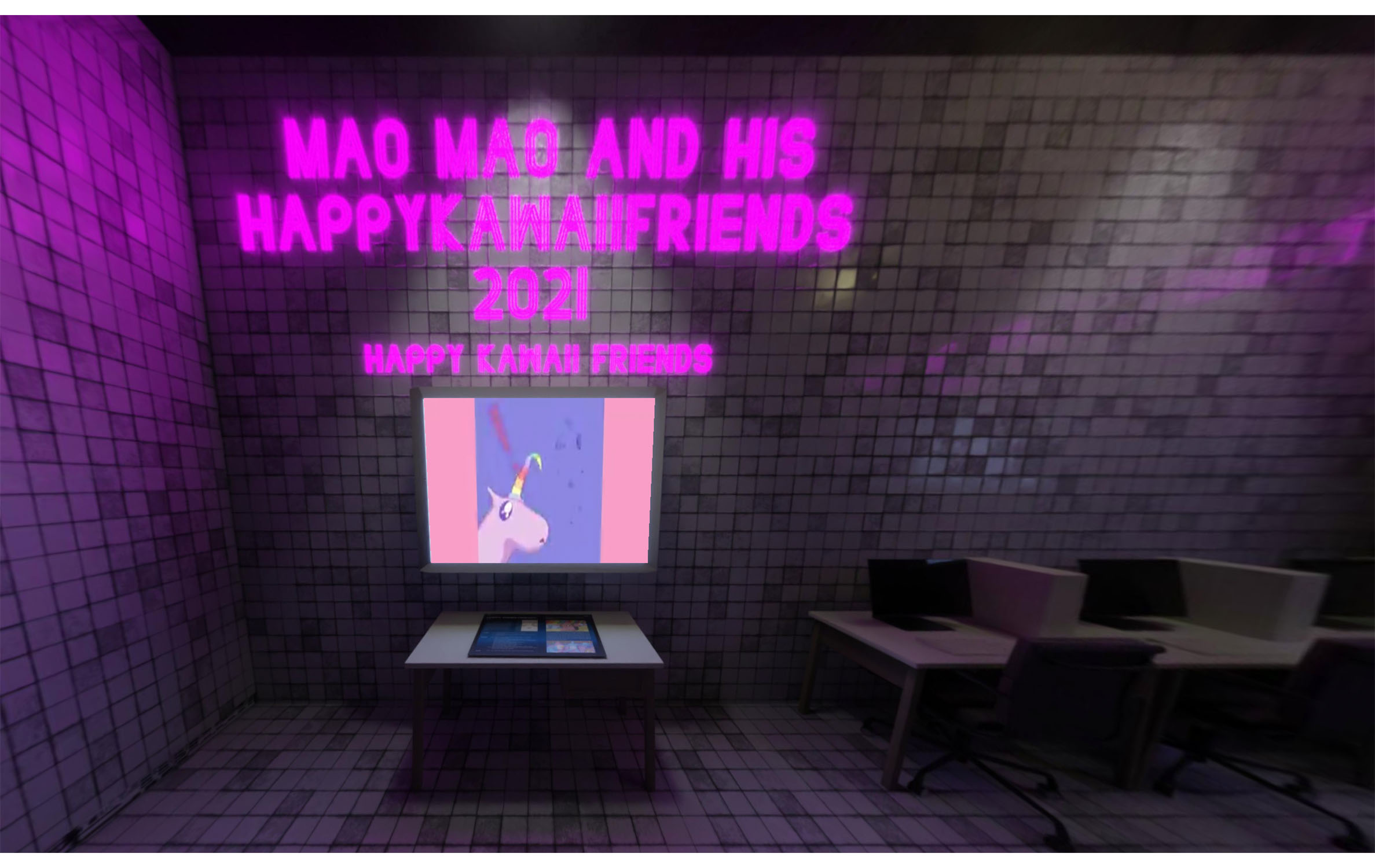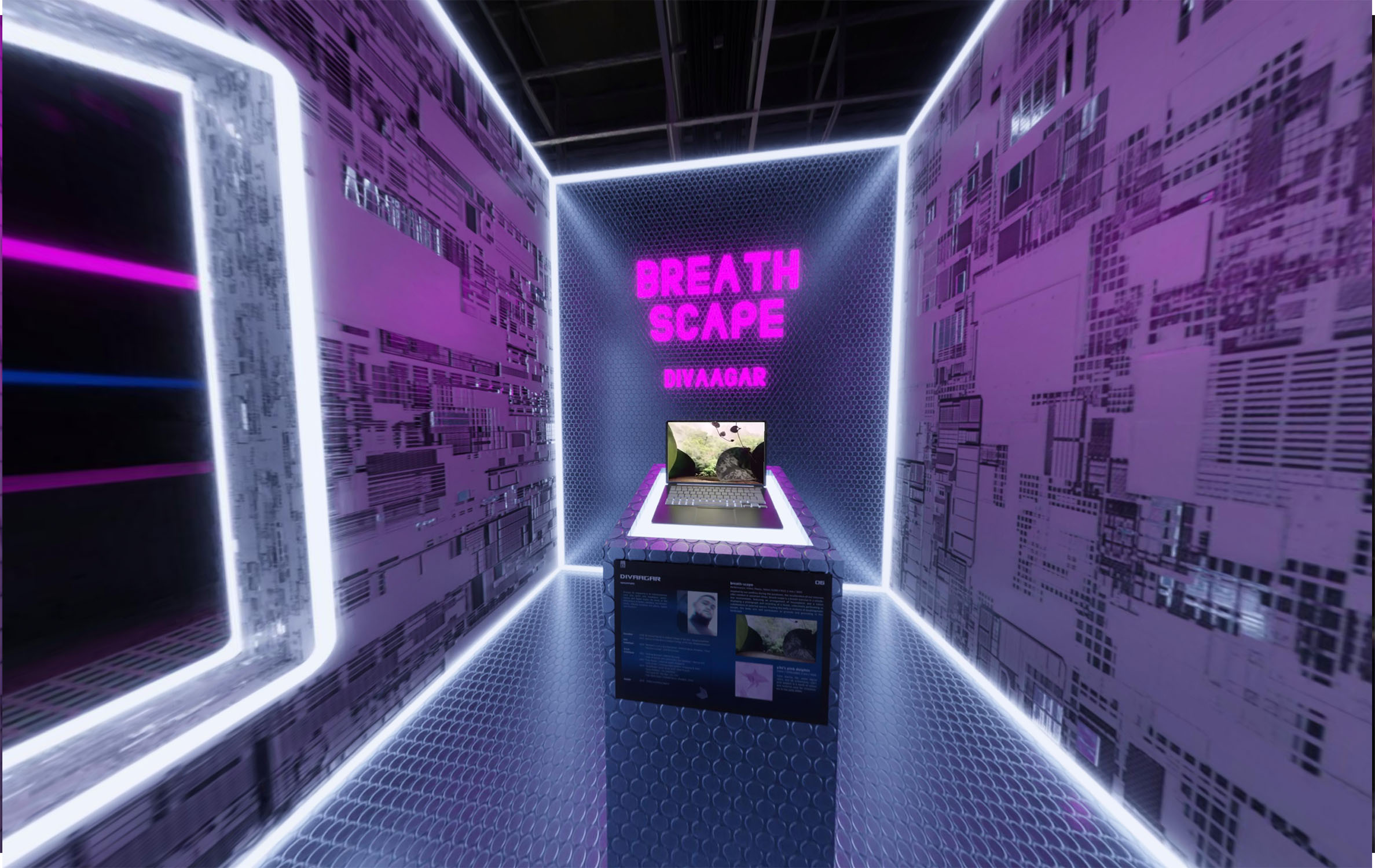Cyber Labyrinth
2021
co-curated with Nien-Ting Chen for LightNight Liverpool 2021
Supported by National Arts Council, Singapore and the National Culture and Arts Foundation, Taiwan
Website designed by Xctuality
The act of envisioning possible futures is universally practiced in every culture - from mysterious
prophecies in fortunetelling to creative writing in science fiction to critical analysis in futurology. We are all
curious about the future for different reasons and these diverse ways of looking at the future seem to
provide some answers to our state of being. On one hand, there are people who envisage the future as a
fertile ground of hope, where our resourcefulness and developments would ultimately lead us all to a
better life. On the other hand, there are more pessimistic narratives that propose a world without us,
casting a light upon the perils of humanity that we must overcome in order to avoid a catastrophic reality.
As a temporal subject that is prone to speculations, the notion of the future is in a constant flux as it
intertwines with the past and the present. How we think about the future is very much influenced by
current situations, as well as our past recollections.
One can examine how recent global events have introduced a renewed outlook on the way we perceive our past, present, and future. The ongoing pandemic for example, has inordinately altered our perspectives on what is to come as we attune to drastic changes and new uncertainties. More than ever, we look to the future to escape the unpleasantness of the present, to search for possible positive outcomes, and to predict potential undoings in order to avoid their occurrence or recurrence. One such change that has significantly reshaped normality is the inevitable shift of our physical proceedings into the digital domain. This digitisation tendency has brought about new ways of perceiving the future in a world where the boundaries between physical and virtual is increasingly obscured; where artificial intelligence and automation prevail; and where futurism seems imminent.
Artists, like most people, have learnt to adapt their creations and practices to suit the current digital inclinations of modernity. In a way, the limitless possibilities of the virtual world have provided an unbridled space for the actualisation of artistic ideas and have opened up new methods for engaging the audience beyond geographical limitations. How then, do artists envisage the future amidst the current anxieties? As we embrace digitisation and technology, how have these modern propensities affected the way we perceive what is to come? What can we gain as we reflect upon the various speculated realities?
Investigating the idea of futurity as shaped by current circumstances, curatorial duo Nien-Ting Chen and Jaxton Su have put together an eclectic selection of new media artworks, leading the audience on a psychedelic journey through an archival of future imaginings. In response to LightNight Liverpool 2021’s theme of play, the interactive virtual exhibition is set up in the form of a cyber café, where audiences can view or interact directly with the diverse video art, animation, gifs, games, sonic art and performance art being presented on the various computers. Audiences will find themselves seemingly transported into a temporal labyrinth that reconfigures itself arbitrarily and the only way out is through trial and error, much like how the conception of future is always erratic. Unrestricted by geographical limitations, Cyber Labyrinth is set to engage audiences from anywhere around the globe through a fun, extraordinary and immersive experience into a kaleidoscope of possible futures.
One can examine how recent global events have introduced a renewed outlook on the way we perceive our past, present, and future. The ongoing pandemic for example, has inordinately altered our perspectives on what is to come as we attune to drastic changes and new uncertainties. More than ever, we look to the future to escape the unpleasantness of the present, to search for possible positive outcomes, and to predict potential undoings in order to avoid their occurrence or recurrence. One such change that has significantly reshaped normality is the inevitable shift of our physical proceedings into the digital domain. This digitisation tendency has brought about new ways of perceiving the future in a world where the boundaries between physical and virtual is increasingly obscured; where artificial intelligence and automation prevail; and where futurism seems imminent.
Artists, like most people, have learnt to adapt their creations and practices to suit the current digital inclinations of modernity. In a way, the limitless possibilities of the virtual world have provided an unbridled space for the actualisation of artistic ideas and have opened up new methods for engaging the audience beyond geographical limitations. How then, do artists envisage the future amidst the current anxieties? As we embrace digitisation and technology, how have these modern propensities affected the way we perceive what is to come? What can we gain as we reflect upon the various speculated realities?
Investigating the idea of futurity as shaped by current circumstances, curatorial duo Nien-Ting Chen and Jaxton Su have put together an eclectic selection of new media artworks, leading the audience on a psychedelic journey through an archival of future imaginings. In response to LightNight Liverpool 2021’s theme of play, the interactive virtual exhibition is set up in the form of a cyber café, where audiences can view or interact directly with the diverse video art, animation, gifs, games, sonic art and performance art being presented on the various computers. Audiences will find themselves seemingly transported into a temporal labyrinth that reconfigures itself arbitrarily and the only way out is through trial and error, much like how the conception of future is always erratic. Unrestricted by geographical limitations, Cyber Labyrinth is set to engage audiences from anywhere around the globe through a fun, extraordinary and immersive experience into a kaleidoscope of possible futures.
